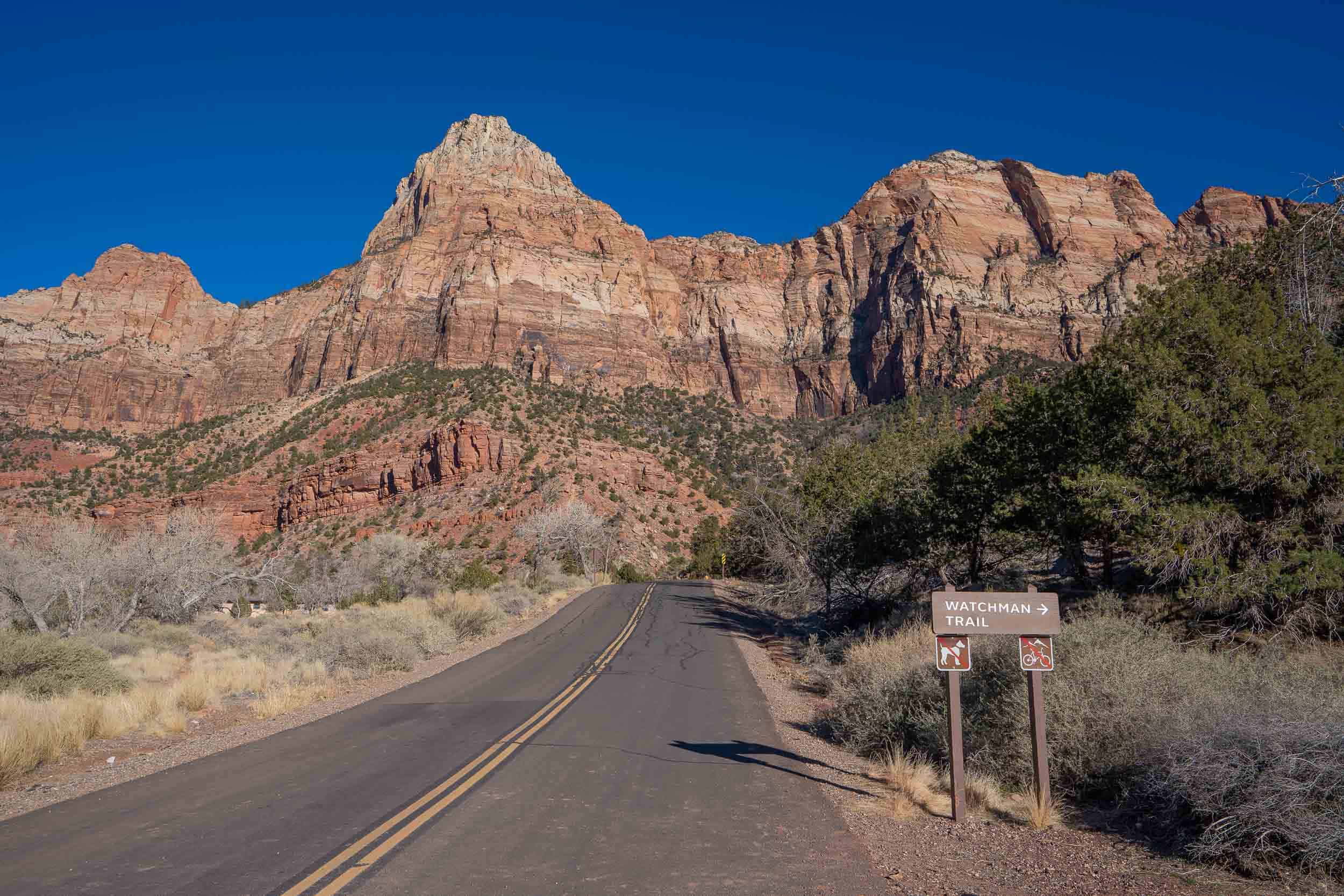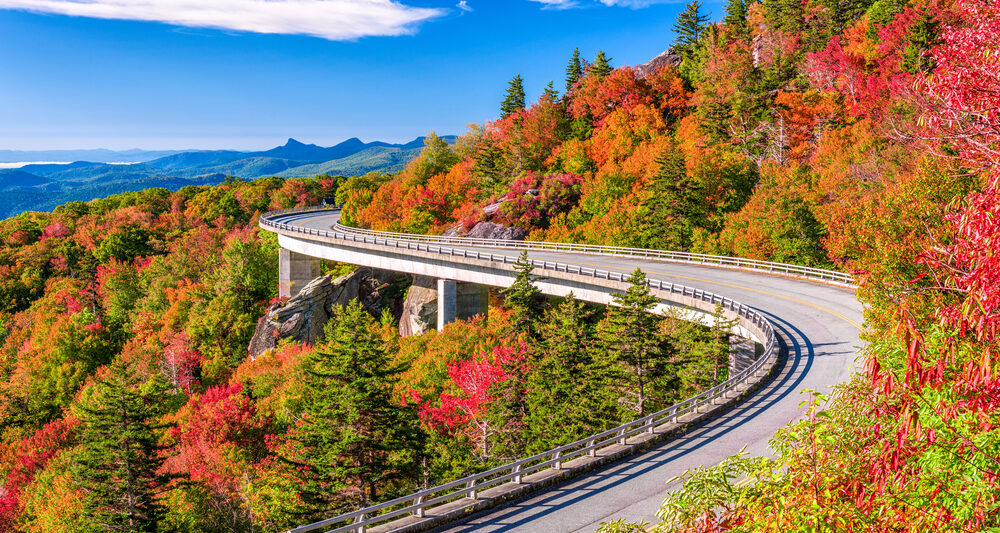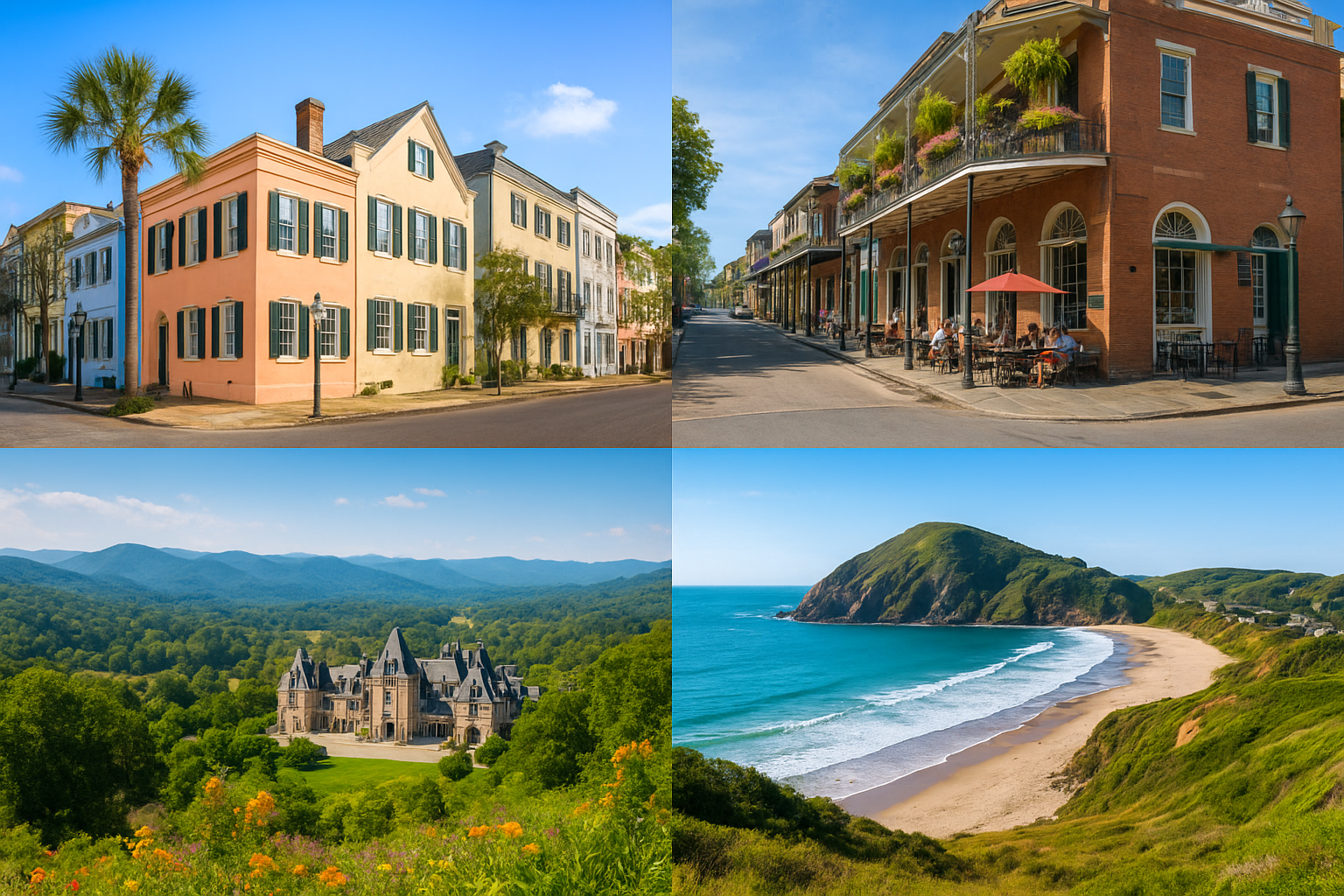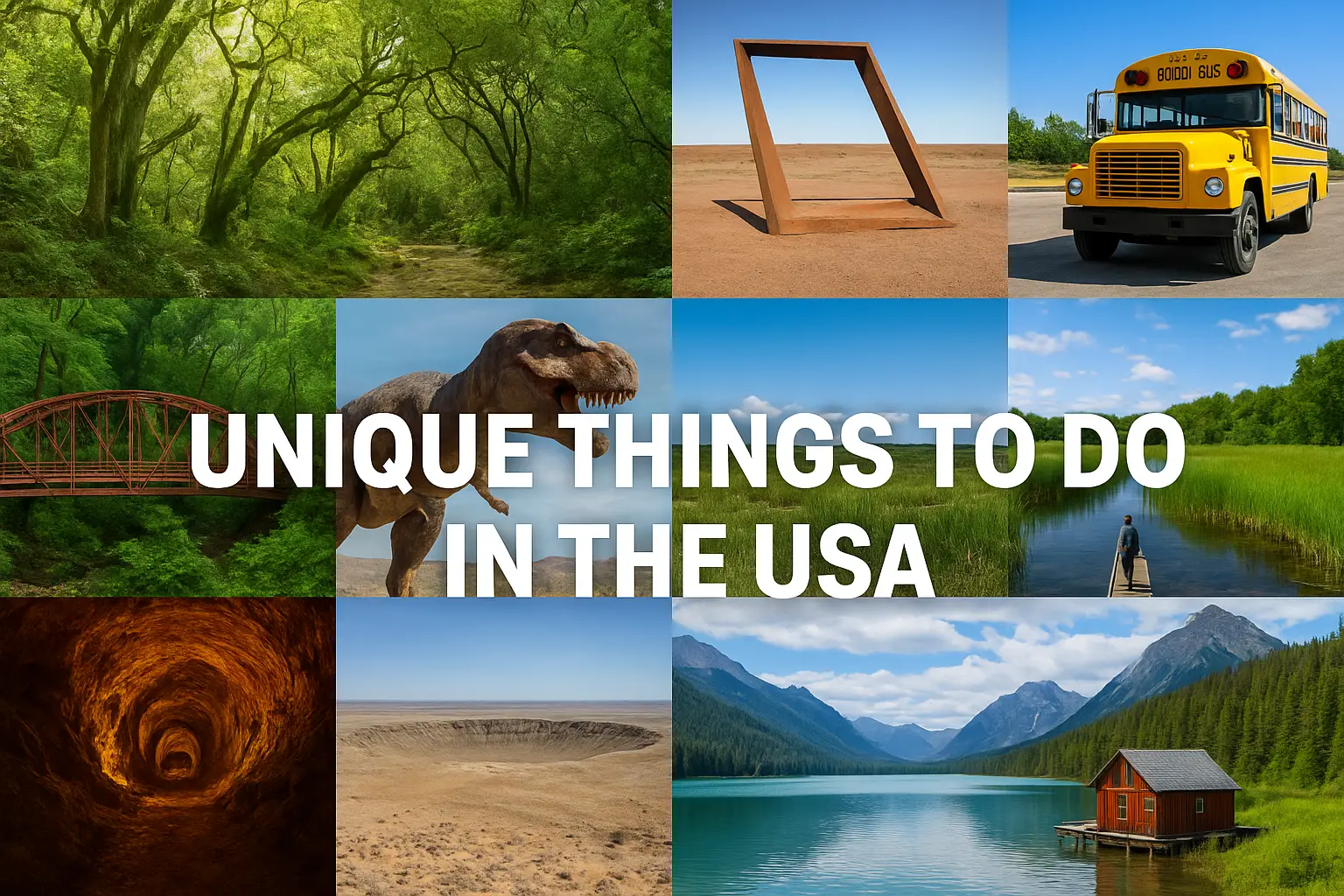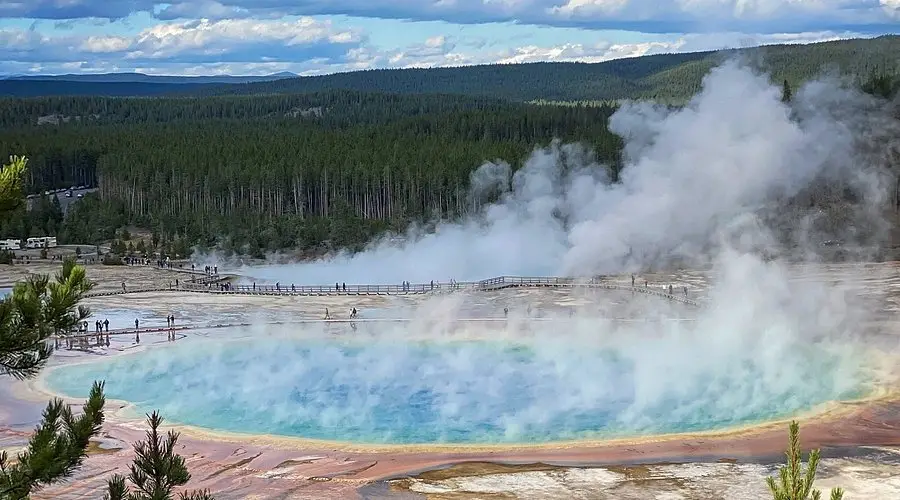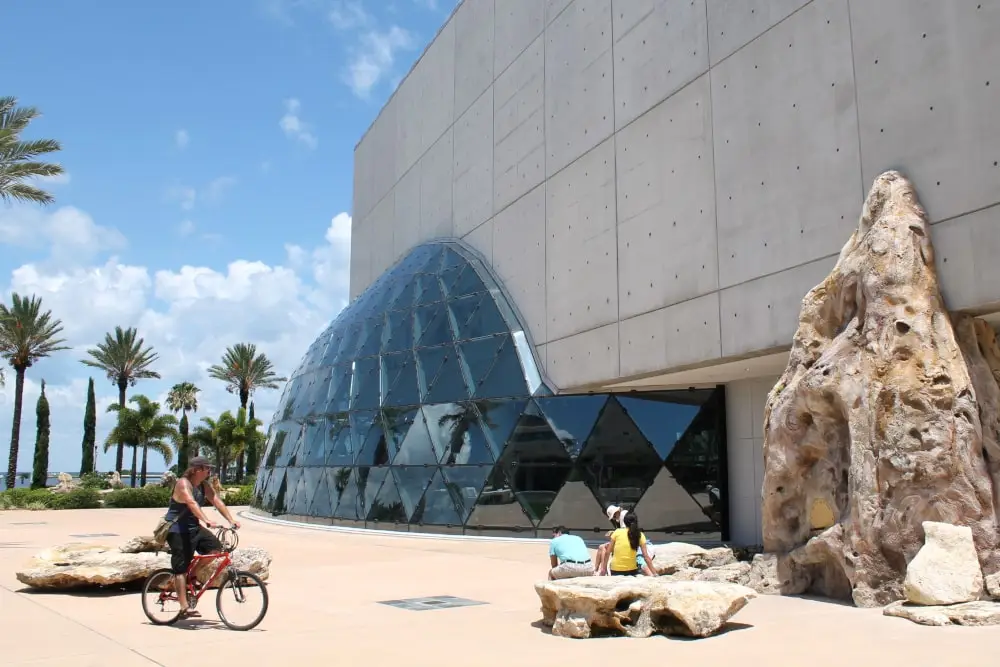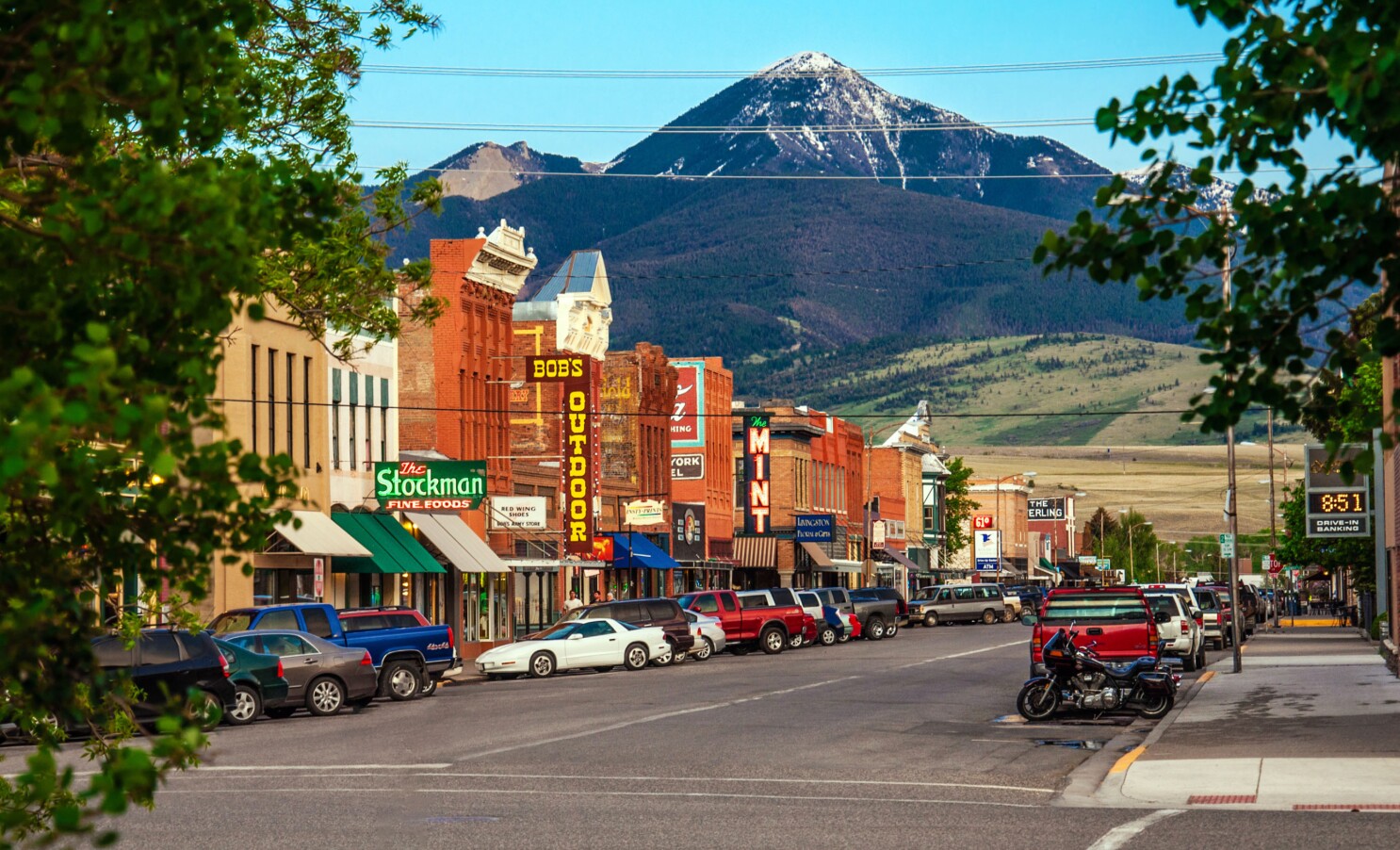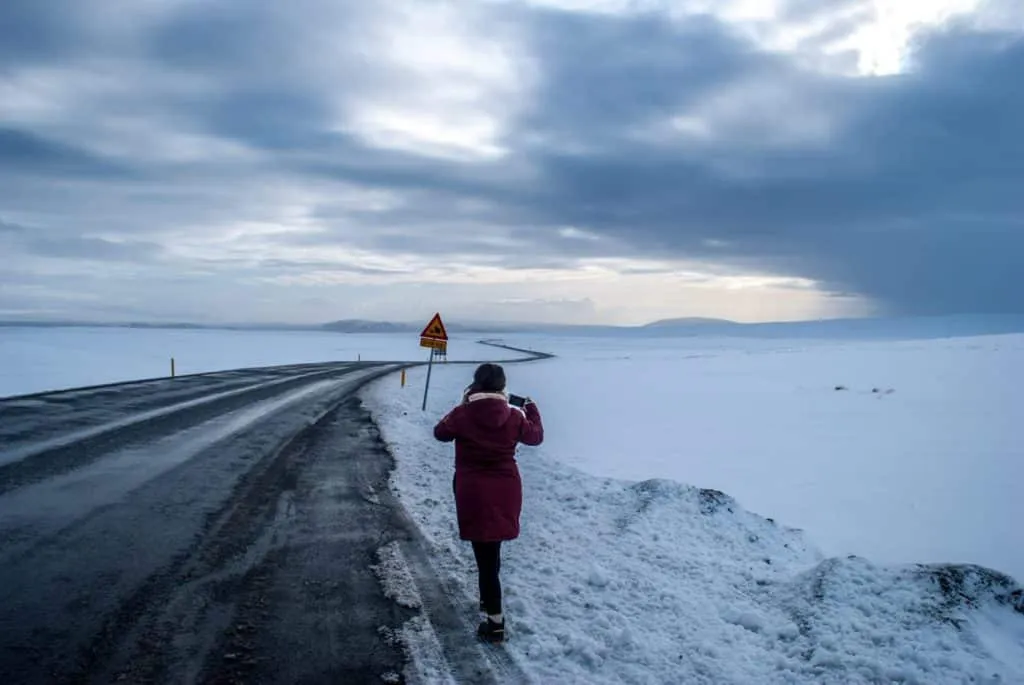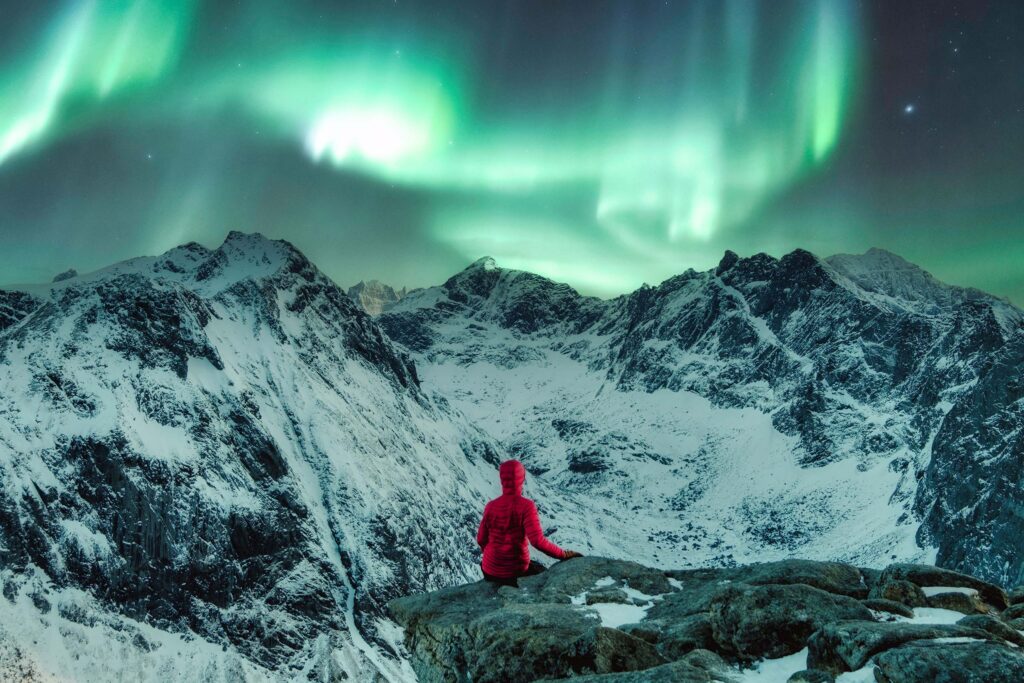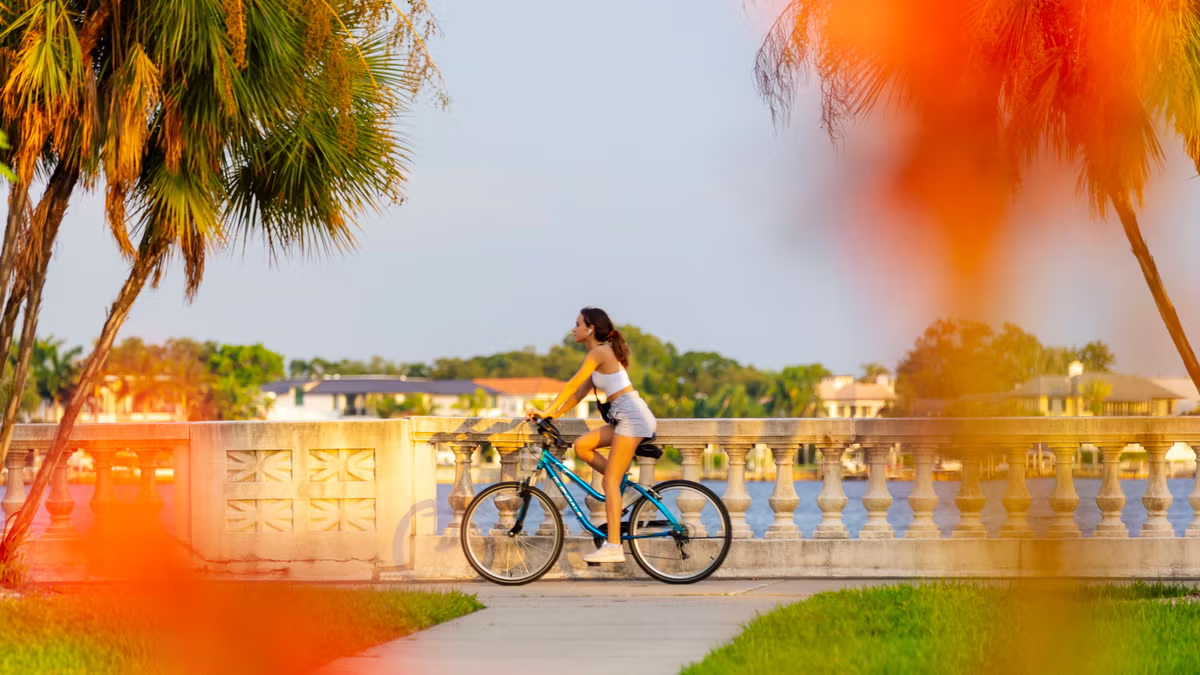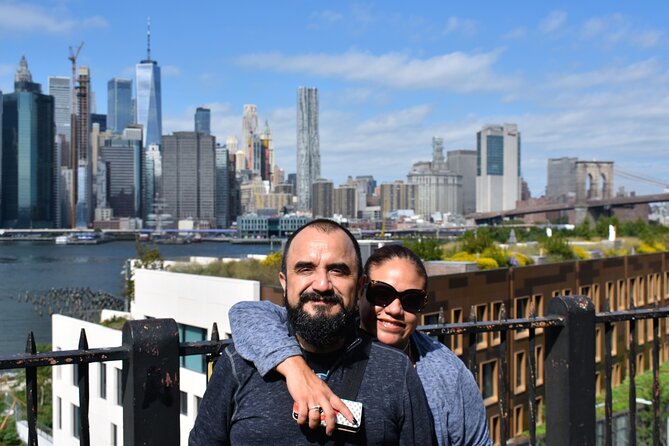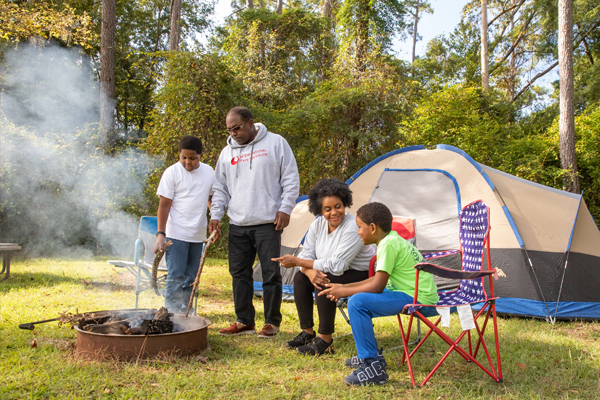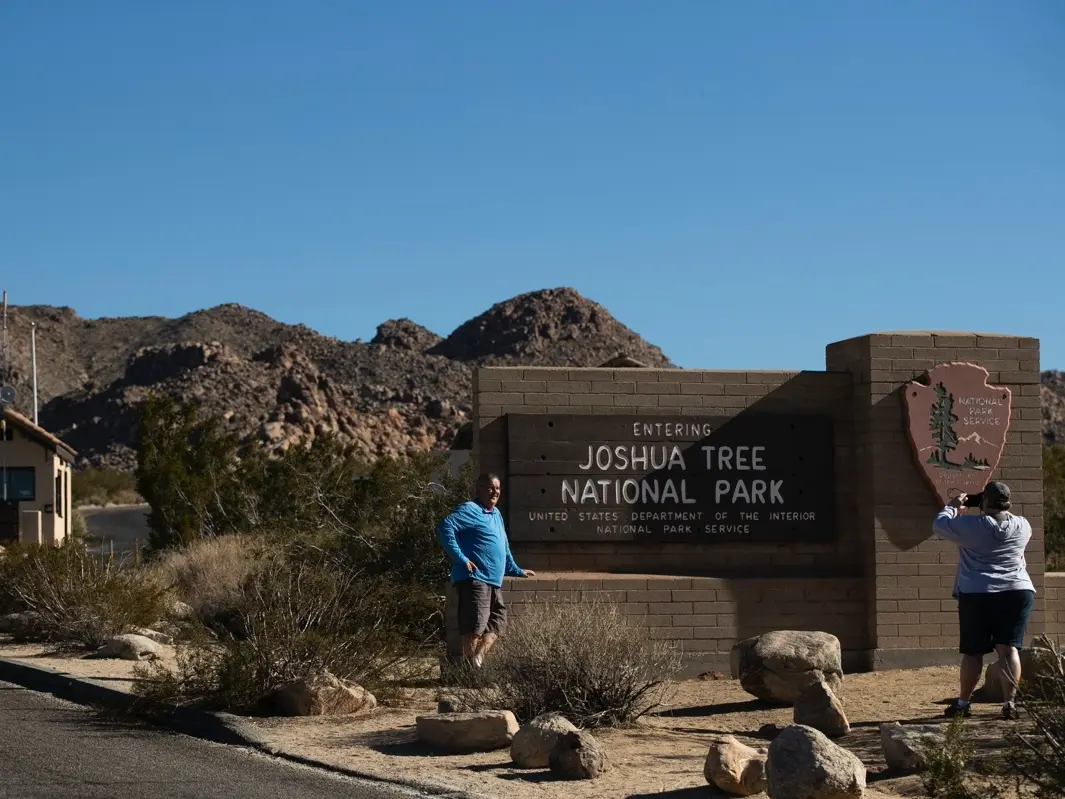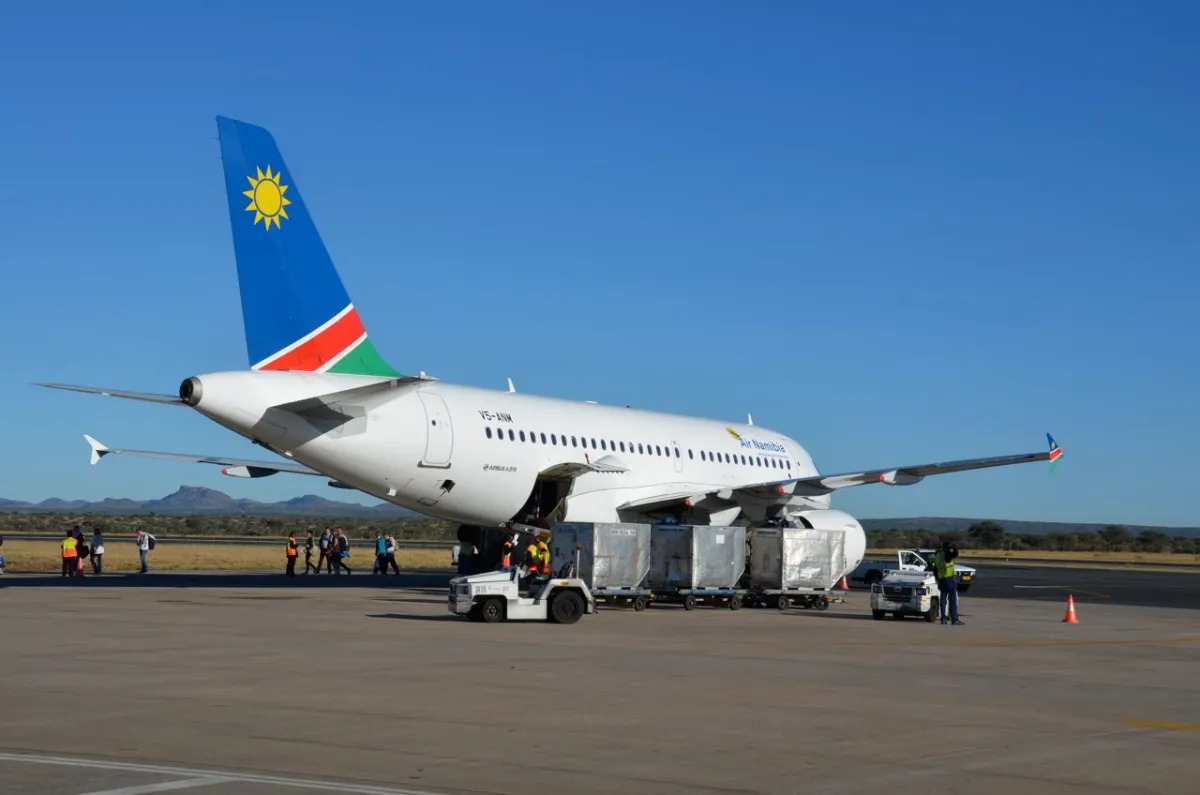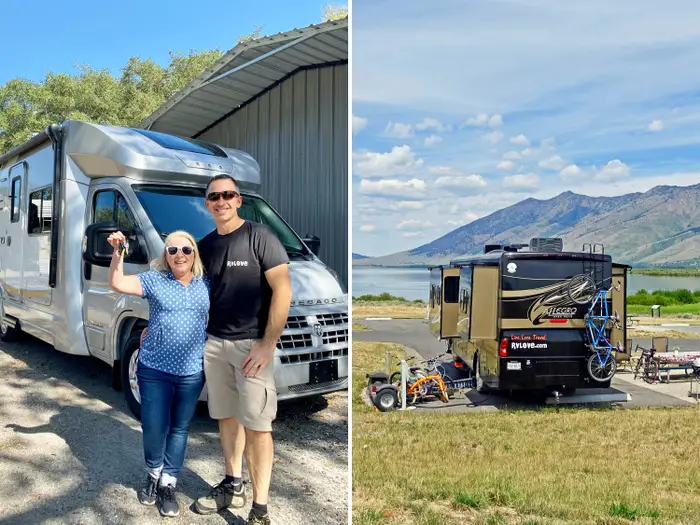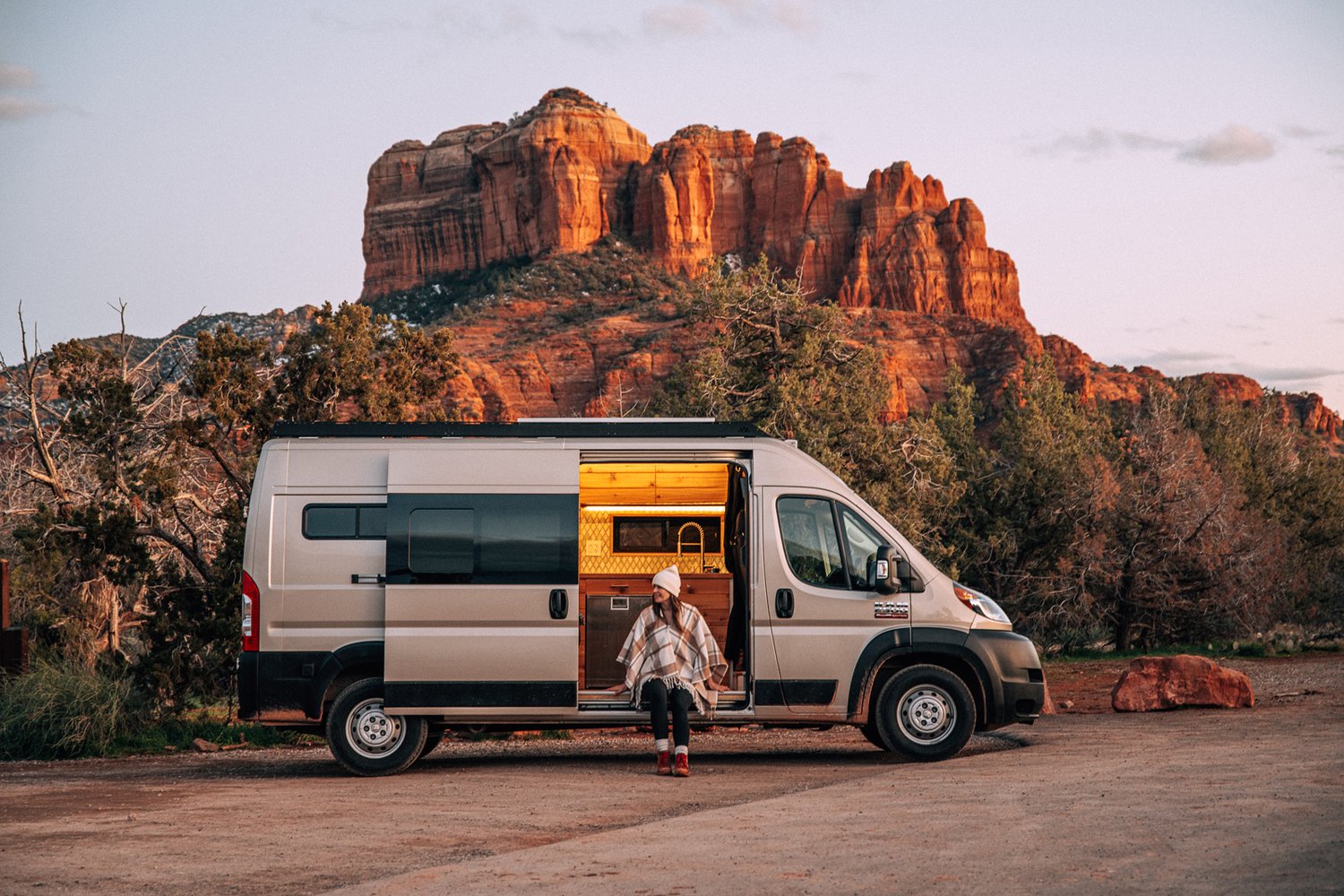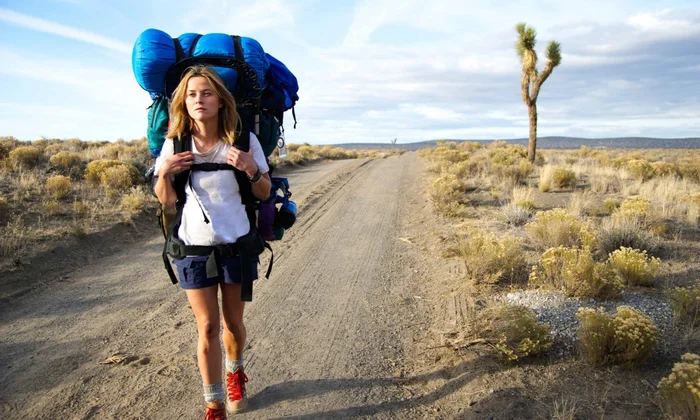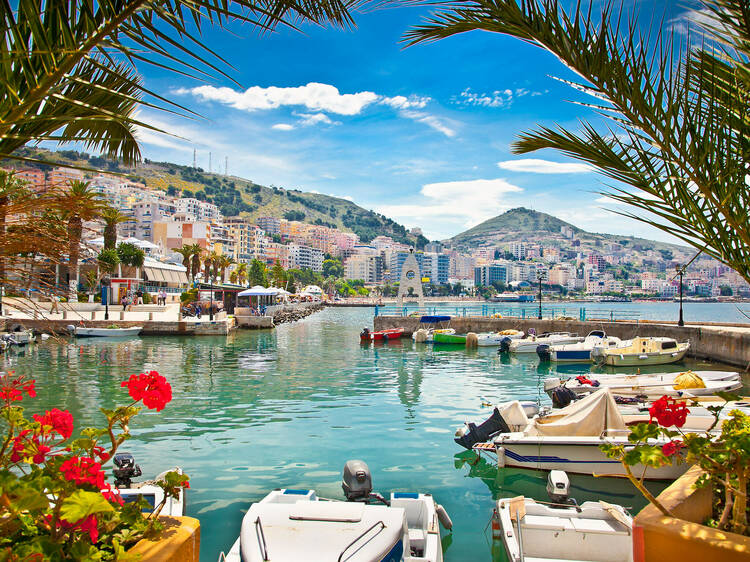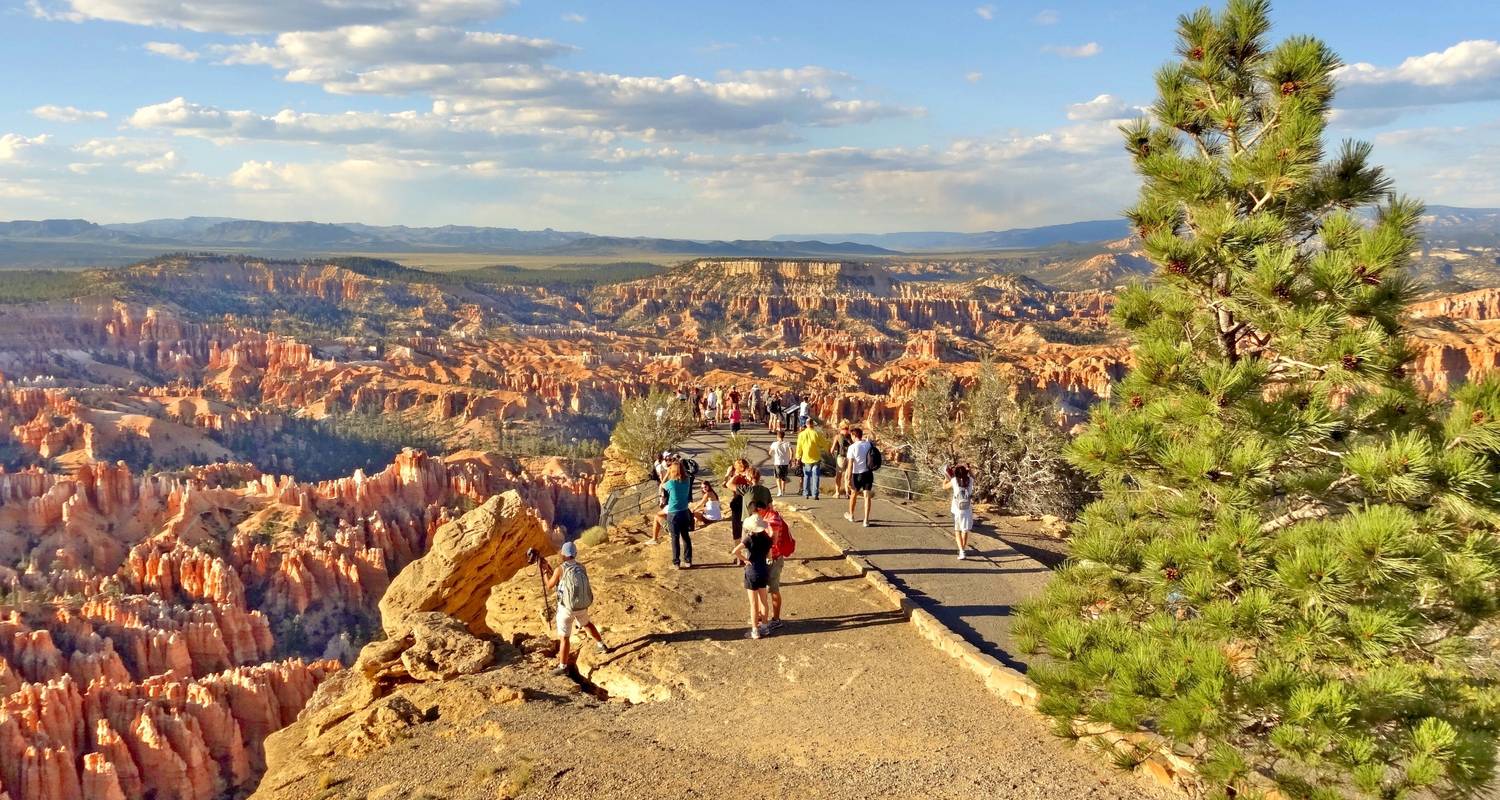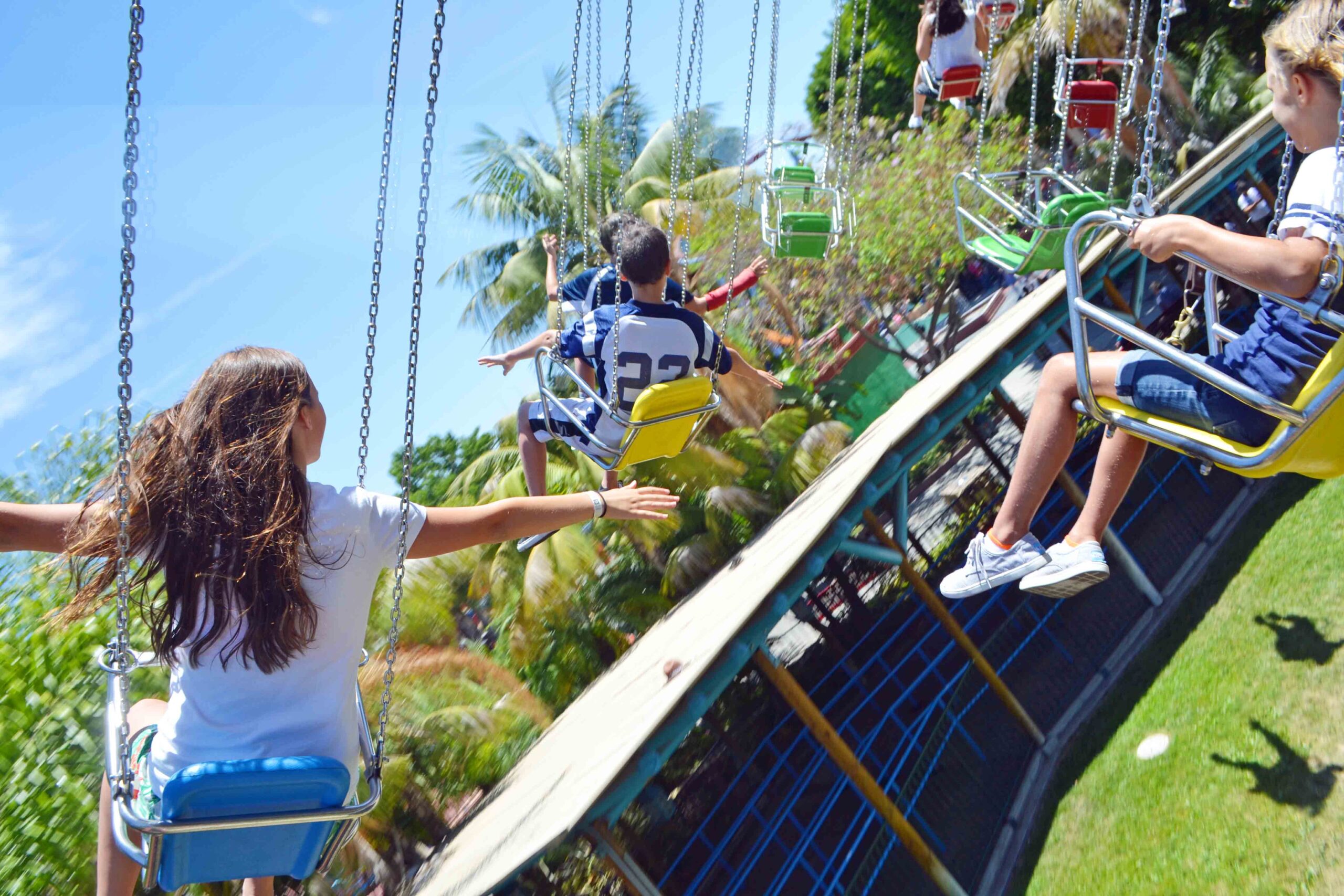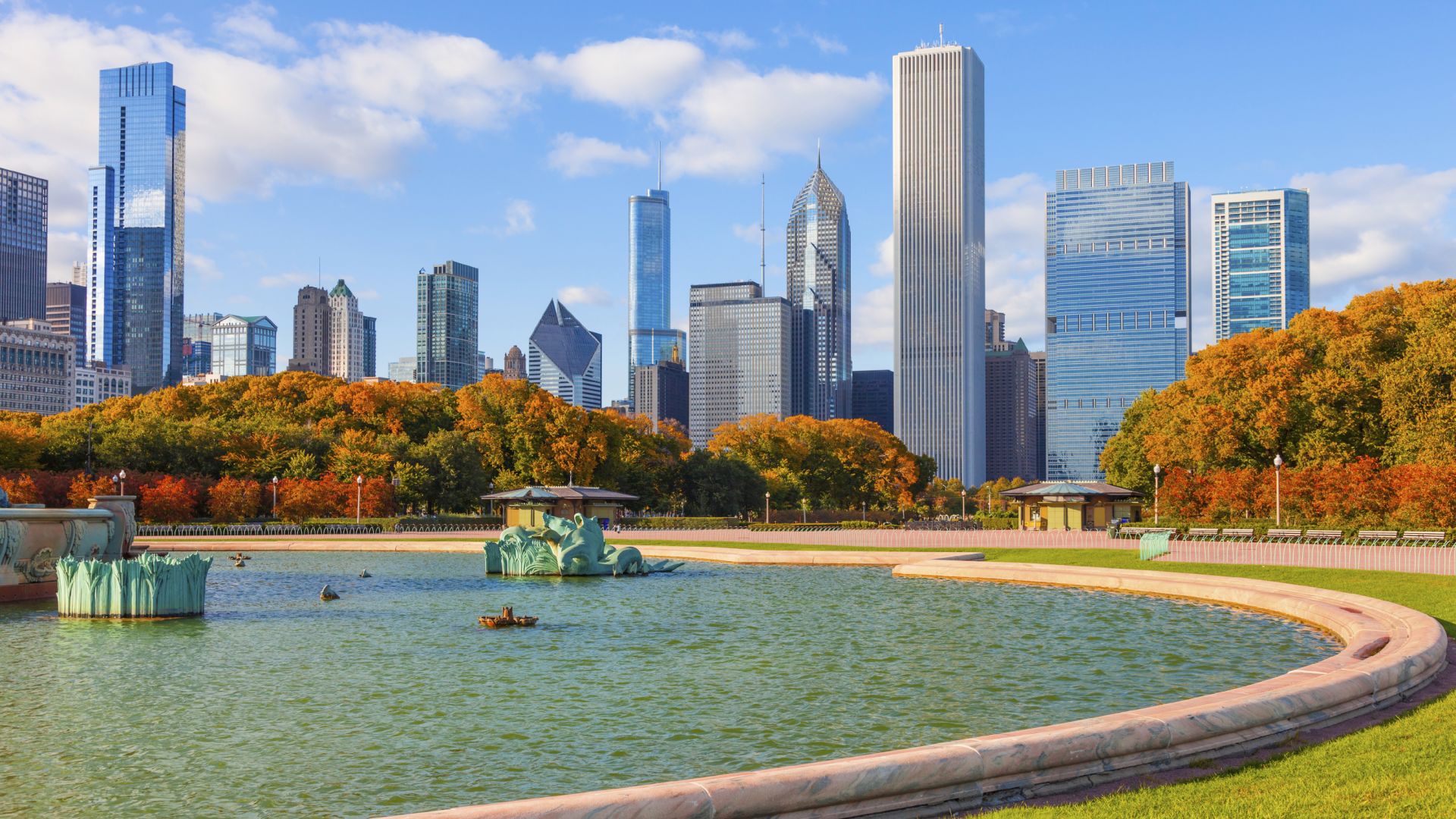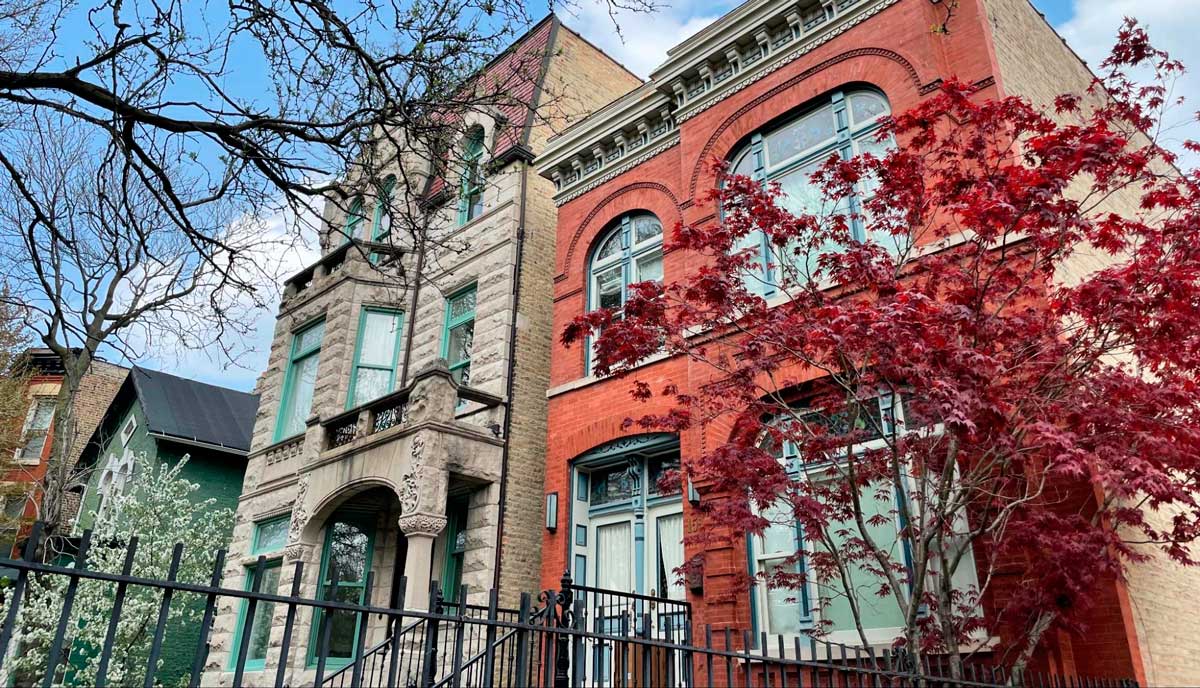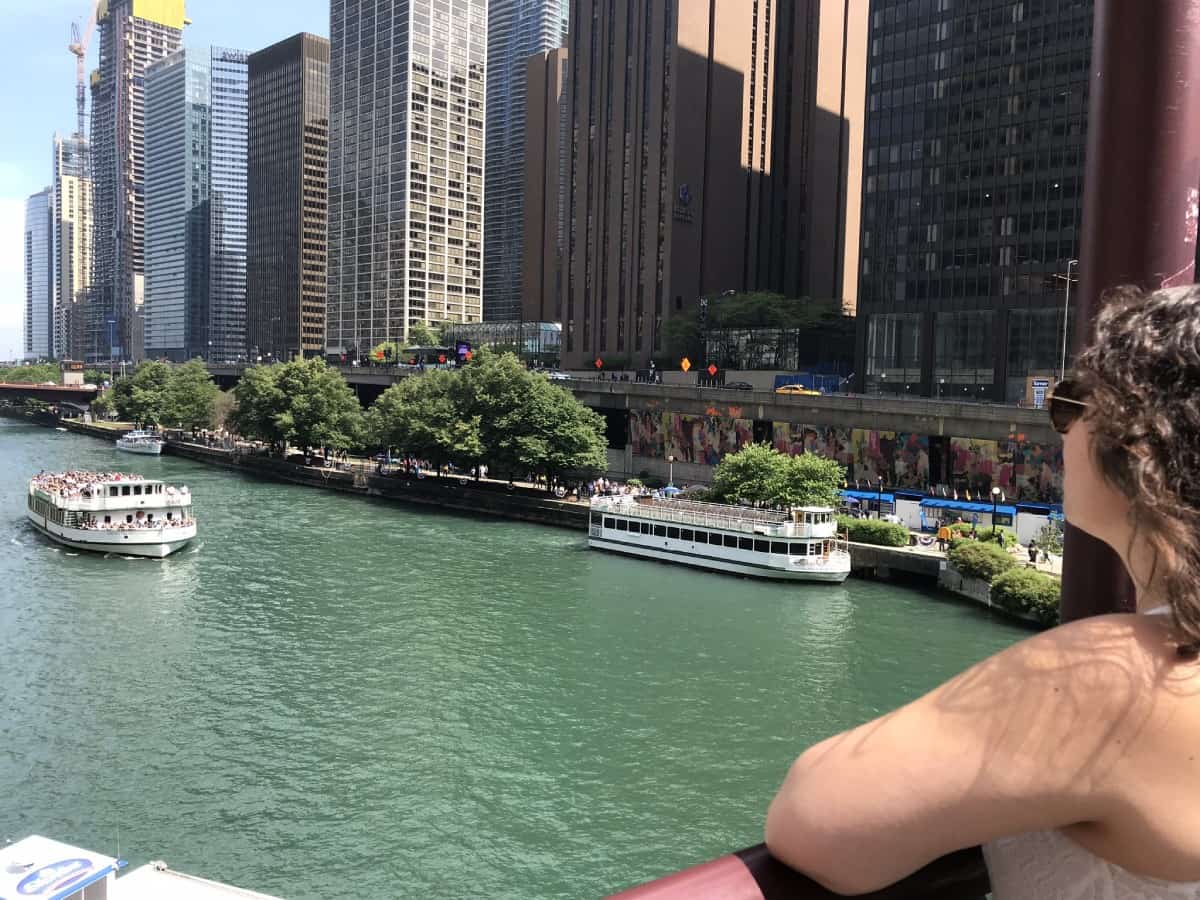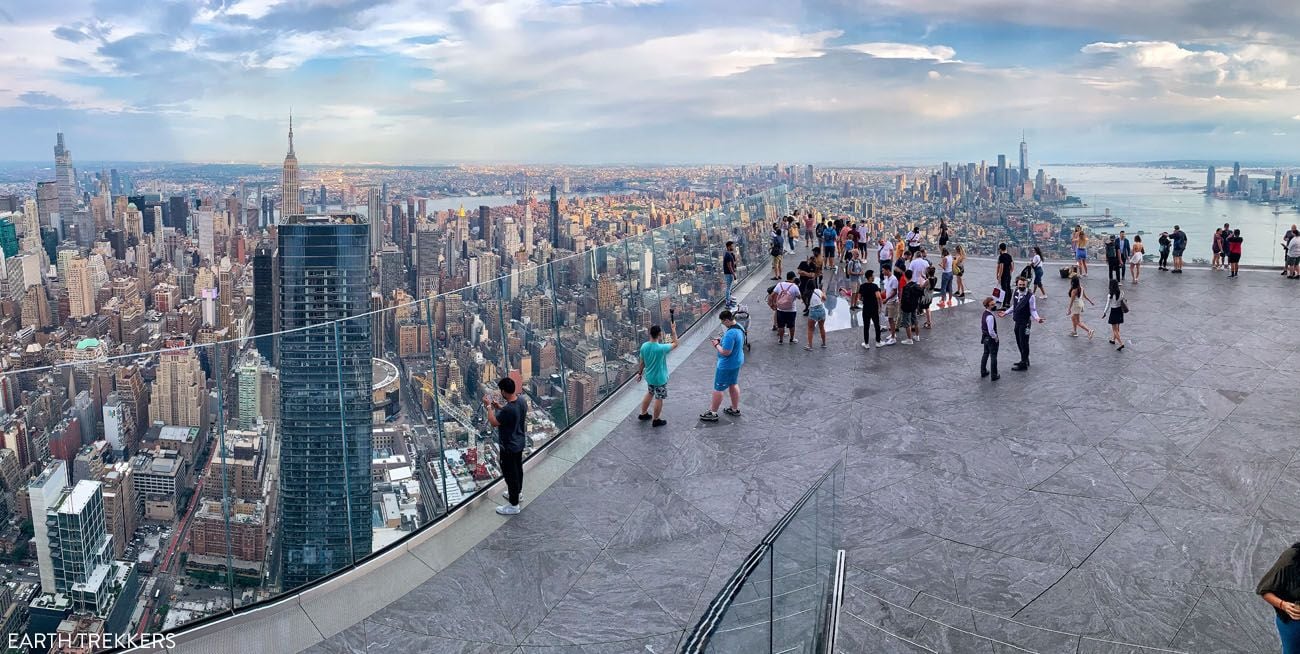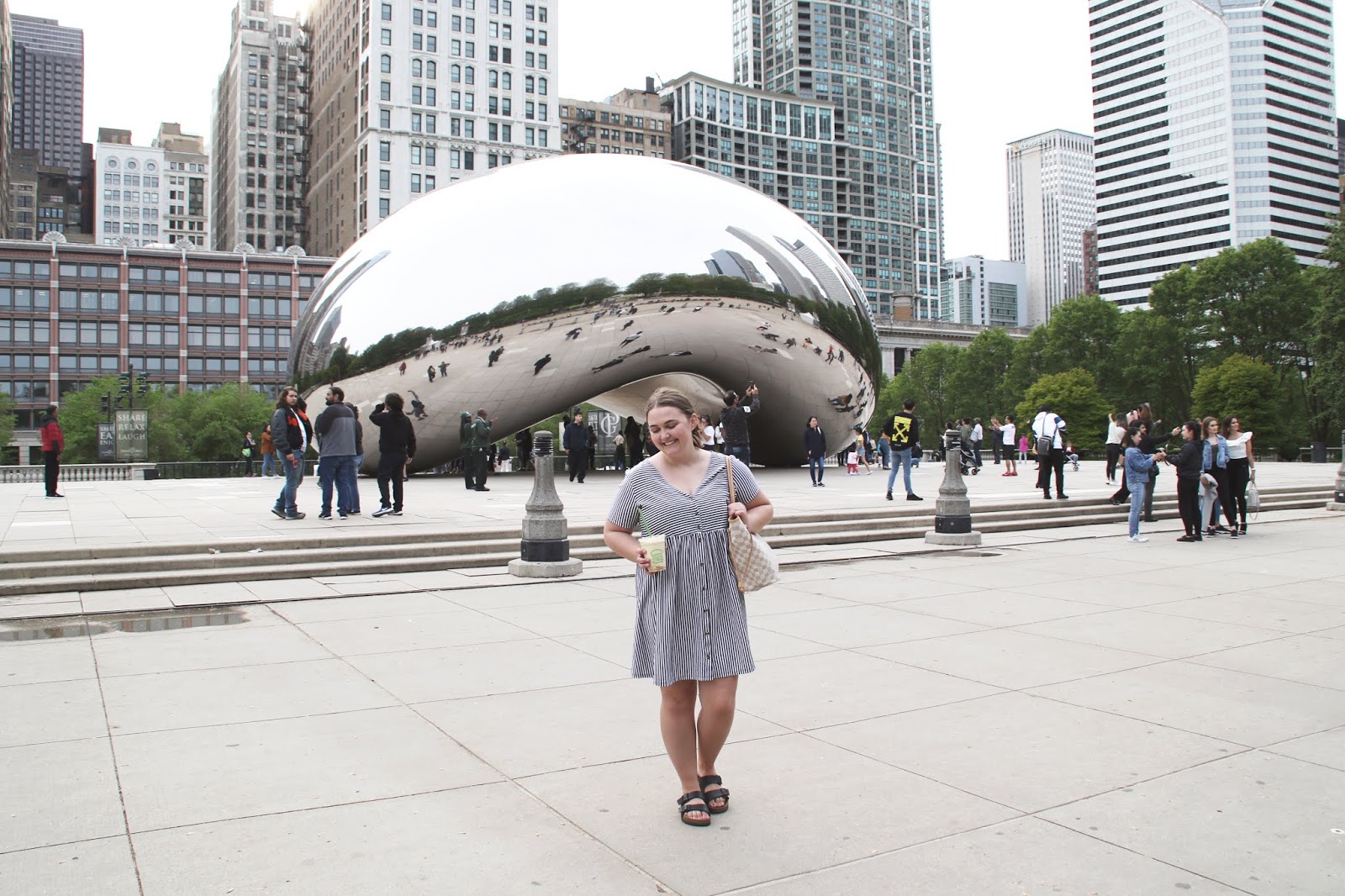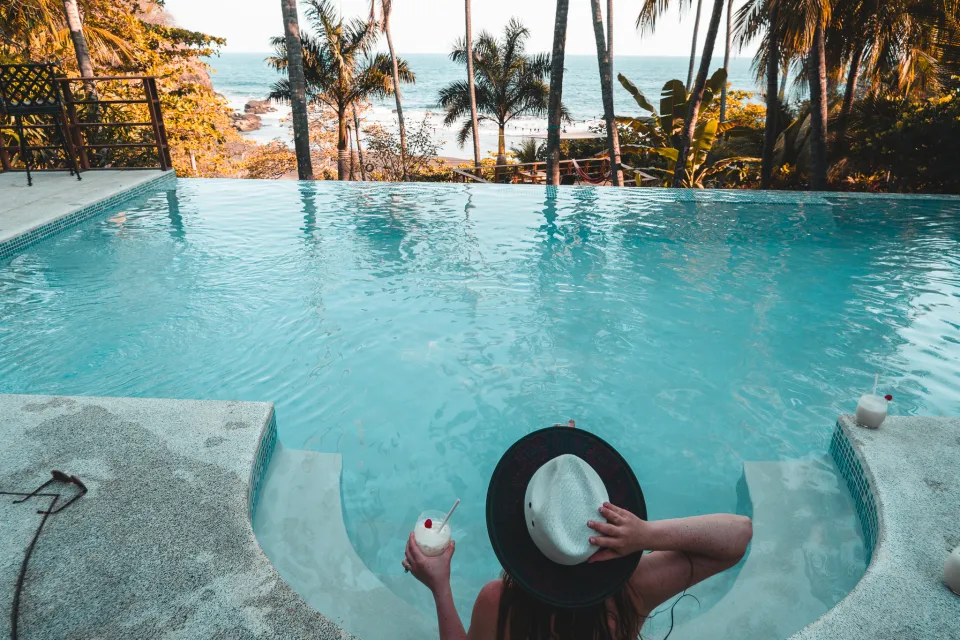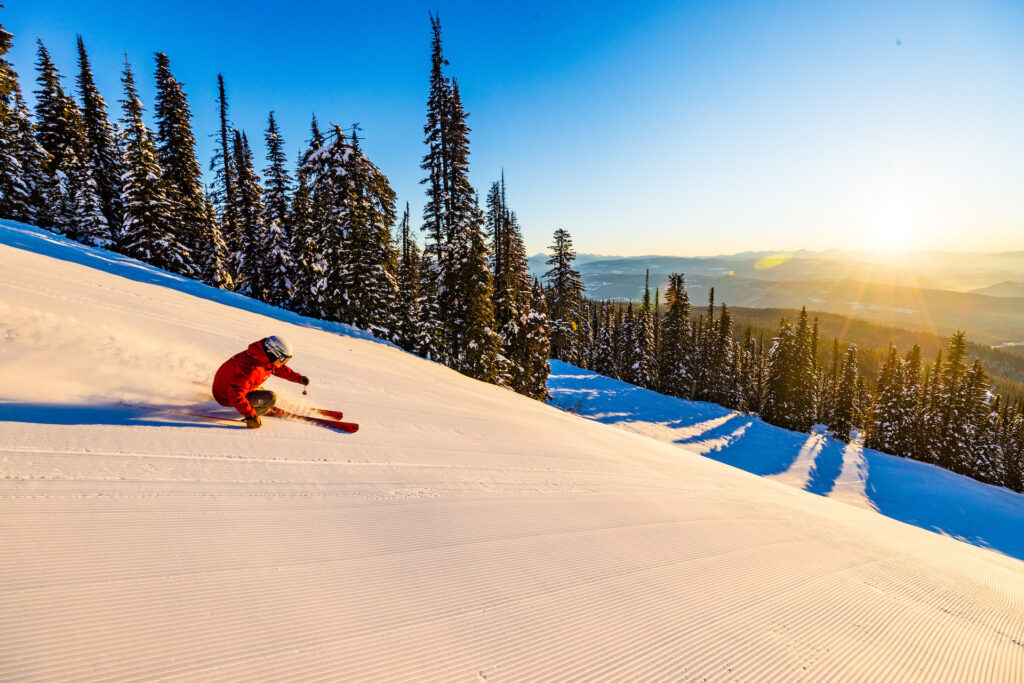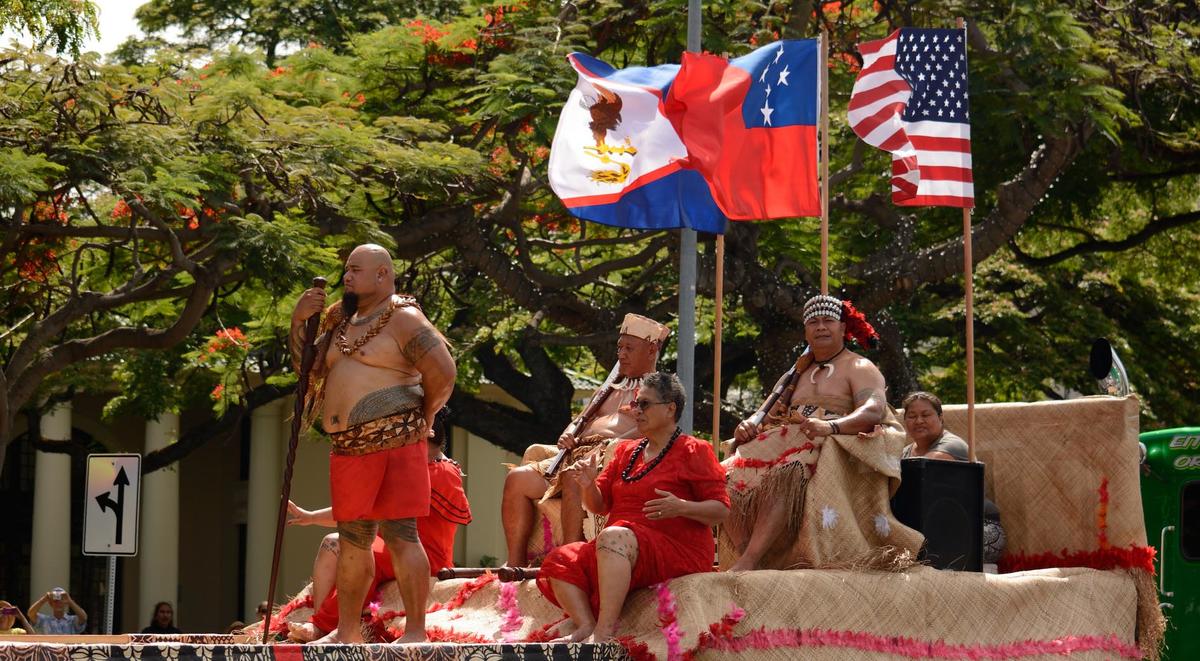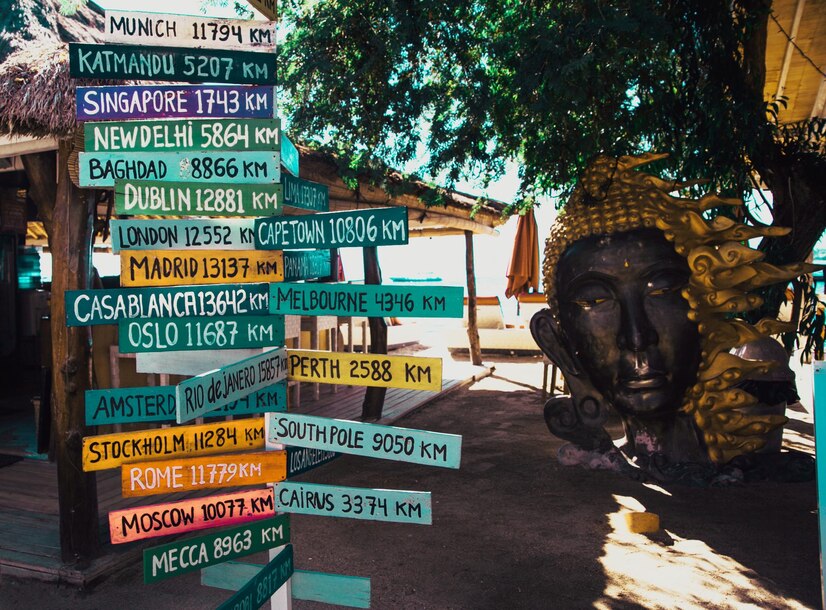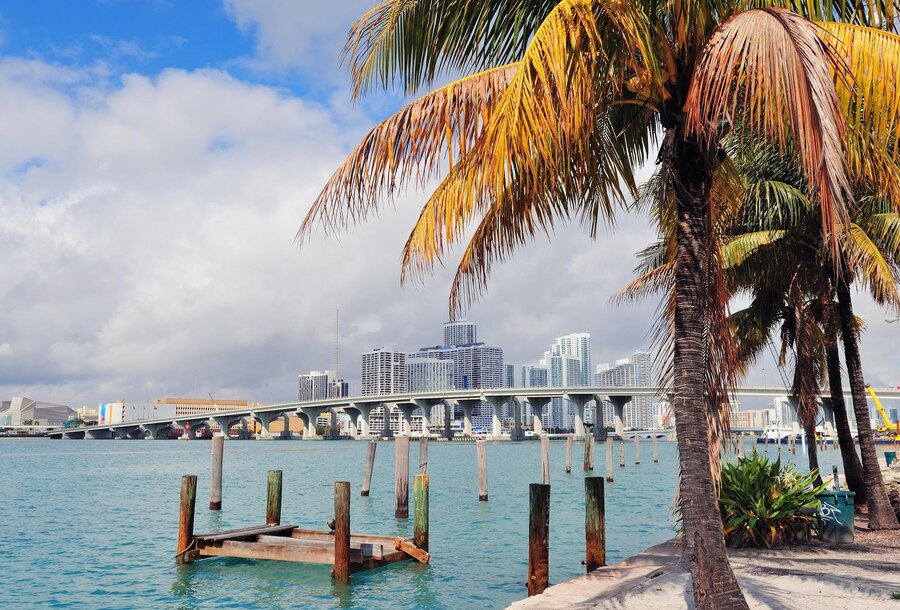
Honduras, a country brimming with biodiversity and natural beauty, is a hidden gem for travelers seeking wild encounters and eco-adventures. Nestled in the heart of Central America, Honduras is home to pristine rainforests, mysterious cloud forests, winding rivers, and expansive wetlands—each offering unforgettable opportunities to observe tropical wildlife in its natural habitat.
From majestic jaguars roaming remote jungles to colorful toucans gliding through misty canopies, the country is a dream for birdwatchers, hikers, and wildlife lovers. This guide will take you through the top national parks and nature reserves in Honduras, where you can truly immerse yourself in the country’s rich biodiversity and experience the wild side of Central America.
1. Pico Bonito National Park – A Birdwatcher’s Paradise
Located along Honduras’ northern coast near La Ceiba, Pico Bonito National Park is one of the country’s most iconic and biologically diverse protected areas. Covering over 564 square kilometers, the park extends from sea level up to towering peaks in the Nombre de Dios mountain range, offering a wide range of ecosystems—from tropical rainforest to cloud forest.
Wildlife Highlights:
-
Over 400 species of birds, including toucans, hummingbirds, quetzals, and the rare Lovely Cotinga.
-
Mammals such as jaguars, ocelots, howler monkeys, white-faced capuchins, and peccaries.
-
Reptiles and amphibians, including green iguanas, poison dart frogs, and boa constrictors.
Activities:
Hiking trails like the El Mapache Trail or the Rio Zacate Trail lead through dense forest to waterfalls and wildlife-rich areas. Rafting on the Cangrejal River is another popular way to experience the park’s lush surroundings. Stay at eco-lodges like The Lodge at Pico Bonito for a luxurious yet nature-focused experience.
2. Río Plátano Biosphere Reserve – UNESCO World Heritage Site
The Río Plátano Biosphere Reserve, located in the remote La Mosquitia region, is a massive protected area that spans nearly 8,000 square kilometers of tropical rainforests, rivers, and coastal lagoons. Designated a UNESCO World Heritage Site, it is one of the last remaining large expanses of untouched jungle in Central America.
Wildlife Highlights:
-
Elusive mammals such as Baird’s tapirs, spider monkeys, and possibly jaguars.
-
Over 300 bird species, including macaws, herons, and kingfishers.
-
Reptiles like American crocodiles, green turtles, and numerous amphibians.
-
Rich freshwater fish biodiversity.
Cultural Insight:
This reserve is not only vital for conservation but also for the indigenous Miskito and Pech communities, who live in harmony with nature and preserve traditional ways of life.
Activities:
Exploring the Río Plátano River by canoe is the best way to discover this untouched wilderness. Multi-day trips allow you to camp in the jungle, visit indigenous villages, and witness wildlife in its most authentic environment.
3. Cusuco National Park – Mystical Cloud Forest Encounters
Situated in the Merendón mountain range, not far from San Pedro Sula, Cusuco National Park is a hidden treasure known for its cloud forests and scientific importance. Though smaller than other reserves, its unique biodiversity and high level of endemism make it a top conservation priority.
Wildlife Highlights:
-
The Resplendent Quetzal, one of the most beautiful birds in the world.
-
Endangered frogs, reptiles, and rare insects.
-
White-faced capuchin monkeys, armadillos, and spectacled owls.
-
Numerous orchids and ferns thrive in the moist cloud forest ecosystem.
Activities:
Take guided hikes on well-maintained trails such as Sendero El Quetzal or Laguna Trail, which pass through lush forests, waterfalls, and lookouts. The park’s high elevation makes it cooler and misty, perfect for spotting rare amphibians and birds.
Conservation Value:
Cusuco plays a key role in water capture and distribution for communities downstream, reinforcing the importance of preserving cloud forests for both biodiversity and human needs.
4. Cuero y Salado Wildlife Refuge – Manatees and Mangroves
On the northern Caribbean coast, Cuero y Salado Wildlife Refuge is an outstanding example of community-led conservation. This coastal ecosystem of mangroves, rivers, and wetlands spans about 13,000 hectares and is a haven for aquatic and forest species.
Wildlife Highlights:
-
West Indian manatees, an endangered and gentle marine mammal.
-
Howler monkeys, raccoons, otters, and iguanas.
-
Bird species include roseate spoonbills, kingfishers, and snail kites.
Activities:
Board a motorized canoe or small boat from the town of La Unión, and navigate through narrow water channels surrounded by dense mangroves. The best time to spot wildlife is in the early morning or late afternoon.
Community Conservation:
Locals are involved in eco-tourism, environmental education, and sustainable fishing, making this refuge a model for preserving nature while supporting livelihoods.
5. Lake Yojoa – A Birding and Adventure Hub
Though not a national park, Lake Yojoa is Honduras’ largest natural lake and one of the best places for birdwatching. Surrounded by Santa Bárbara National Park to the west and Cerro Azul Meámbar National Park to the east, the area combines wetlands, mountains, and tropical forests.
Wildlife Highlights:
-
Over 500 species of birds—a record number for a single site in Central America.
-
Water birds such as herons, jacanas, ducks, and hawks.
-
Aquatic species and reptiles in the wetlands.
Activities:
-
Kayak on the lake’s tranquil waters while scanning for birds and reptiles.
-
Hike the trails of Santa Bárbara National Park to explore waterfalls and cloud forests.
-
Visit the Pulhapanzak Waterfall, a stunning cascade near the lake.
Cultural and Culinary Tip:
The region is also famous for its tilapia fish farms and roadside eateries. Try fresh fried tilapia served with plantains and lime while enjoying lake views.
Wildlife Watching Tips for Honduras
To make the most of your wildlife adventures in Honduras, keep these practical tips in mind:
🧭 Hire a Local Guide
A knowledgeable guide will not only help you spot hard-to-see animals but also share cultural insights, ecological facts, and safety tips.
🔭 Bring Binoculars and a Camera with a Zoom
Essential for birding and wildlife photography, especially in dense forests or high canopies.
👕 Dress Appropriately
Wear neutral-colored clothing to avoid alarming animals. Use long sleeves and pants to protect against mosquitoes.
🧘 Practice Patience and Silence
Wild animals are often shy or camouflaged. Move slowly, listen for animal calls, and stay quiet to increase your chances of sightings.
🌱 Respect Nature
Avoid feeding animals, stay on designated trails, don’t litter, and keep a safe distance from wildlife.
When to Visit for the Best Wildlife Viewing
-
Dry season (December to April) offers easier hiking conditions and clearer skies for birdwatching.
-
The rainy season (May to November) is lush and green, with active amphibians and more frequent animal sightings, especially in rainforests.
-
Some areas, like Lake Yojoa and Cuero y Salado, are accessible year-round.
How to Get Around
-
La Ceiba is the main gateway to Pico Bonito and Cuero y Salado.
-
San Pedro Sula is the best starting point for Cusuco National Park and Lake Yojoa.
-
Reaching the Río Plátano Reserve requires a flight to Puerto Lempira or boat transport—perfect for adventurous travelers.
Local buses and private shuttles can take you between cities, but for more remote areas, tours or chartered transport may be necessary.
Why Honduras Should Be on Every Nature Lover’s Bucket List
Whether you’re a seasoned birder, an aspiring wildlife photographer, or just someone seeking a deeper connection with nature, Honduras offers a unique blend of wild beauty, cultural richness, and adventure. Unlike more touristy destinations, you’ll find fewer crowds, more authentic experiences, and a closer bond with the natural world.
From the mystical fog of the cloud forests in Cusuco to the lush riverways of Río Plátano and the tranquil mangroves of Cuero y Salado, each corner of the country invites you to slow down, look closer, and discover life in all its wild forms.
So pack your binoculars, lace up your hiking boots, and get ready for an unforgettable wildlife journey in one of Central America’s most underrated natural treasures—Honduras.



